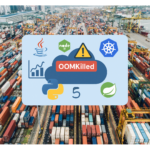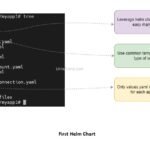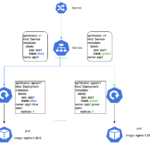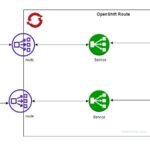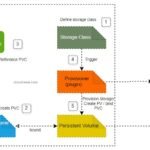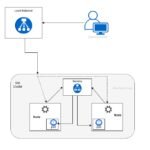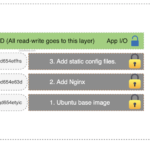Prometheus has become the de facto standard for monitoring Kubernetes environments, with over 90% of Cloud Native Computing Foundation members adopting it for their observability needs. Detecting and resolving issues before they impact users requires robust monitoring systems that can handle the dynamic nature of containerized applications. Kubernetes environments present unique monitoring challenges due to […]
K8s
OOMKilled in Kubernetes: The Hidden Memory Leaks You’re Missing
Your Kubernetes pods might suddenly die, and you might find they were OOMKilled. These frustrating terminations can happen even with plenty of free memory on your nodes. The Linux kernel’s unique memory management behavior causes this problem. A Kubernetes exit code 137 signals that the OOM Killer has terminated a process. Several factors trigger this […]
How to patch kubernetes existing deployment? How to roll back?
Patching a Kubernetes deployment involves making updates or changes to an existing deployment. This can be useful for various reasons, such as fixing bugs, applying security updates, introducing new features, or making configuration changes. Kubernetes provides several mechanisms to patch deployments, and the choice depends on the nature of the changes you want to make. […]
How do you create a first helm chart? Kubernetes Package Manager
Helm is a package manager for Kubernetes that allows you to define, install, and upgrade even the most complex Kubernetes applications. Helm is one of the most vital tools in DevOps. Kustomize is a built-in tool for Kubernetes that allows you to customize raw, template-free YAML files for multiple purposes, including managing multiple versions of […]
kubectl – Let’s colourize the output
kubectl is a command-line tool for interacting with Kubernetes clusters. It is the primary interface for managing and controlling Kubernetes clusters, including deploying applications, inspecting cluster resources, scaling workloads, debugging, and performing various administrative tasks. kubecolor is an alternative command-line tool to interact with kubernetes clusters and provide the colorized output, unlike the kubectl command. […]
Kubernetes: How Blue-Green Deployment works?
Blue-green deployment involves simultaneously operating two application environments within a production cluster. In this deployment approach, the stable version of the application is deployed in the first environment (blue), while the new version is deployed in the second environment (green). By default, Kubernetes performs a rolling update of a deployment. As part of the rollout […]
How to expose service on the Openshift? Enable TLS secure route?
Openshift provides multiple options to expose the application to external traffic. When you deploy a pod in openshift, kubernetes allocates the internal IP address for each pod. If you are deploying an nginx container to serve the webpage, the nginx pod will have a unique internal IP address but it can’t be accessed outside the […]
Kubernetes – Setup Dynamic NFS Storage Provisioning – helm
Dynamic volume provisioning helps to reduce manual efforts by provisioning volumes dynamically. If you do not have dynamic volume provisioning, admins might end up creating the volumes manually and create PersistentVolume to represent in Kubernetes for storage. To enable dynamic storage provisioning, we need to create a storage class with the provisioner. The provisioner is […]
Kubernetes bare-metal load balancer – MetalLB deployment – Part 2
How to install and configure the MetalLB load balancer on the Kubernetes cluster? MetalLB uses a standard routing protocol to provide a network load-balancing solution for bare metal kubernetes clusters. Kubernetes doesn’t offer any network load balancers for bare-metal implementation. It does have peace to code to call the Cloud network load balancers if you […]
How to build a docker image using Dockerfile?
In this article, I will walk you through the various methods of building docker images and updating the existing image. Docker has played a major role in the microservice revolution. In today’s world, all the new application development targets the container environment to speed up the release cycle. In the containerized environment, changes are frequently […]

